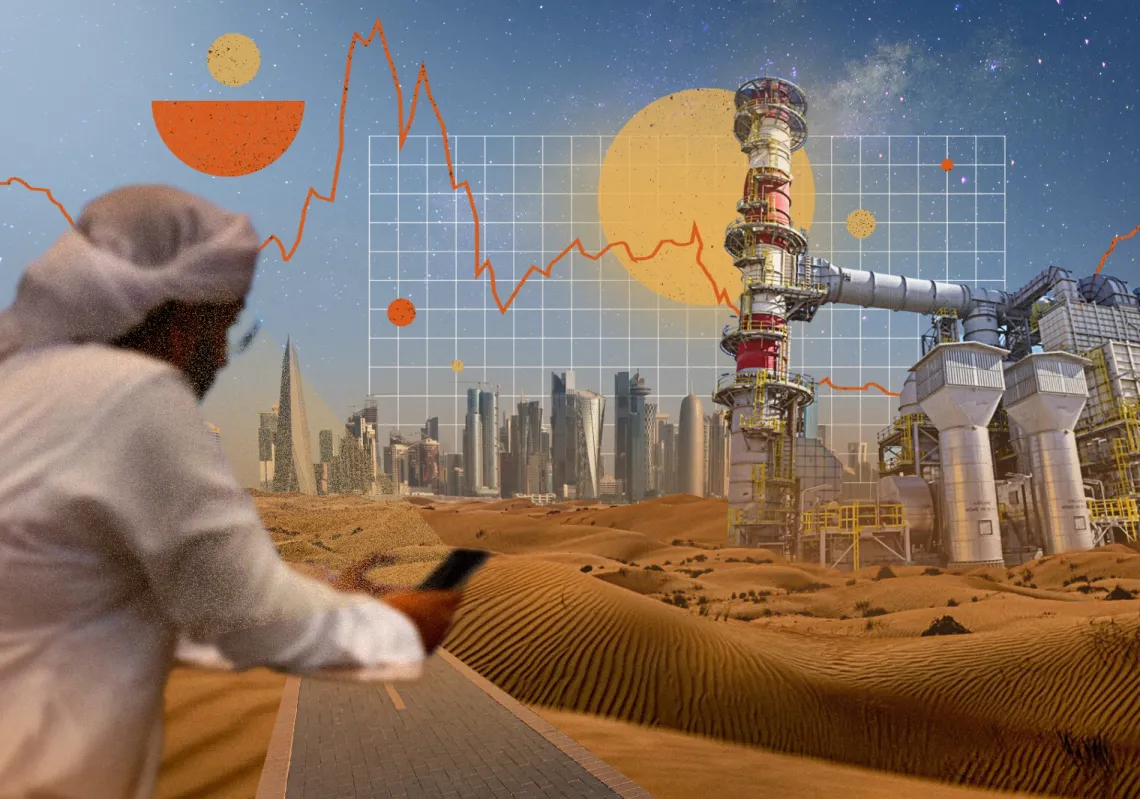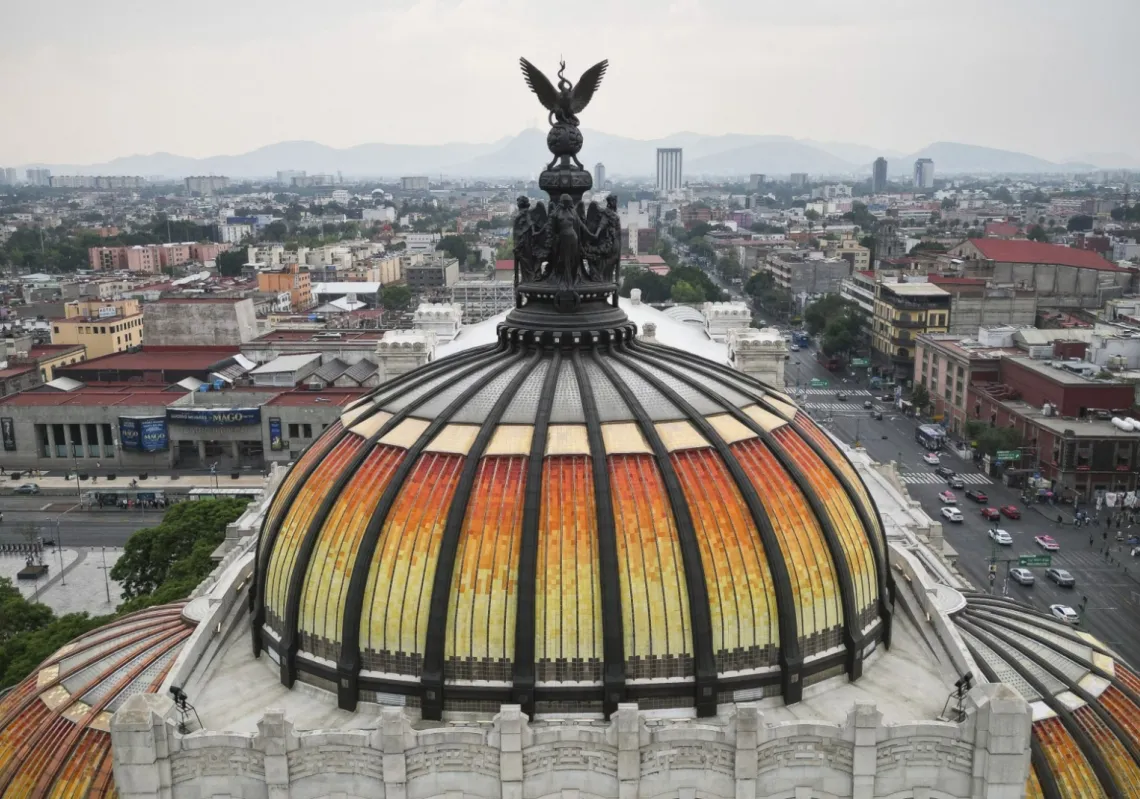Most scientific research concerning climate change caused by greenhouse gases has focused on the troposphere, the 10-12km atmospheric layer closest to the Earth’s surface. Within the troposphere would be most cloud types, commercial planes, and the gases that are essential for life, such as oxygen and carbon dioxide.
Given that the troposphere is a protective layer shielding us from solar radiation and maintaining the appropriate temperatures for life on Earth, it is perfectly logical that it should be the most studied by climate scientists, due to its immediate and wide-ranging effects on life. The layers above the troposphere have been less studied.
Yet the rapid recent expansion of satellites within low Earth orbit for communications, navigation, defence, and weather forecasting has led to a change in thinking, in part because humanity’s growing dependence on these satellites means that the effects of climate change on the upper atmosphere are increasingly important.
De-orbiting debris
The explosion of satellites in low Earth orbit (roughly 200km to 1,000km above land) means that there is now an element of congestion, but there appears to be another danger, too, with new scientific research revealing that greenhouse gas emissions are reducing the capacity of low Earth orbit to accommodate satellites.
This region relies on atmospheric layers to naturally de-orbit space debris through air drag, a phenomenon known as “atmospheric drag”. Yet the mechanics of this are being altered both the 11-year solar cycle and human emissions of carbon dioxide.
During periods of peak solar activity, the density of the upper atmosphere increases, enhancing drag and reducing the lifespan of space debris. But when solar activity wanes, atmospheric density decreases, allowing debris to remain in orbit for longer periods, thus heightening the risk of collisions.
Herein lies the paradox: even if the orbit were filled to its satellite capacity during a ‘peak’ of solar activity, changing conditions in the future could push the orbit into a state of ‘chaotic collapse’ whereby fragments and debris multiply infinitely.
Density decline
Using a sophisticated climate model known as WACCM-X, scientists measured how increasing concentrations of carbon dioxide affect the upper atmosphere. The results were startling. By 2100, low Earth orbit will lose much of its capacity to accommodate satellites, particularly at higher altitudes, due to atmospheric shrinkage and declining air density.
This shrinkage weakens atmospheric drag, allowing debris to accumulate for longer periods and thus reducing the ‘orbital dynamic capacity’ (i.e. the maximum number of satellites the orbit can support without descending into an uncontrollable debris spiral).















